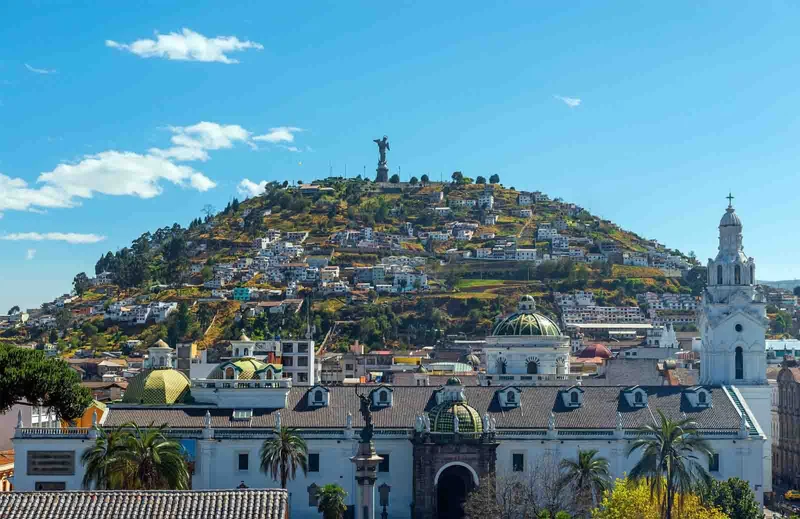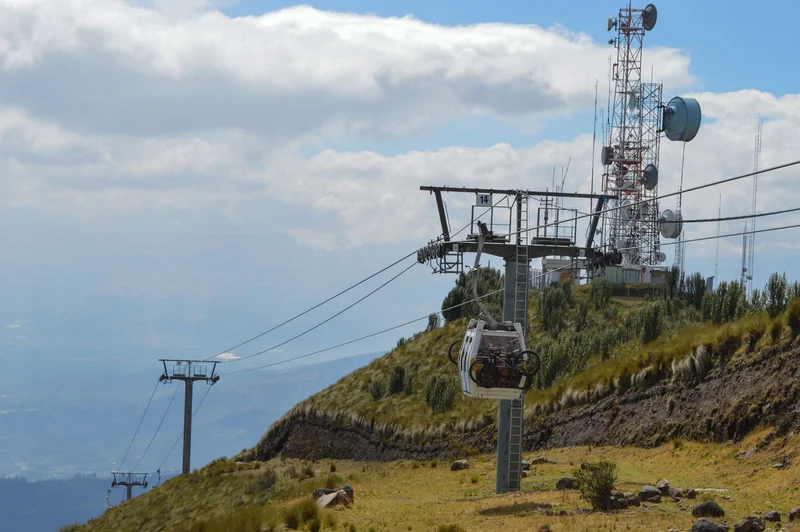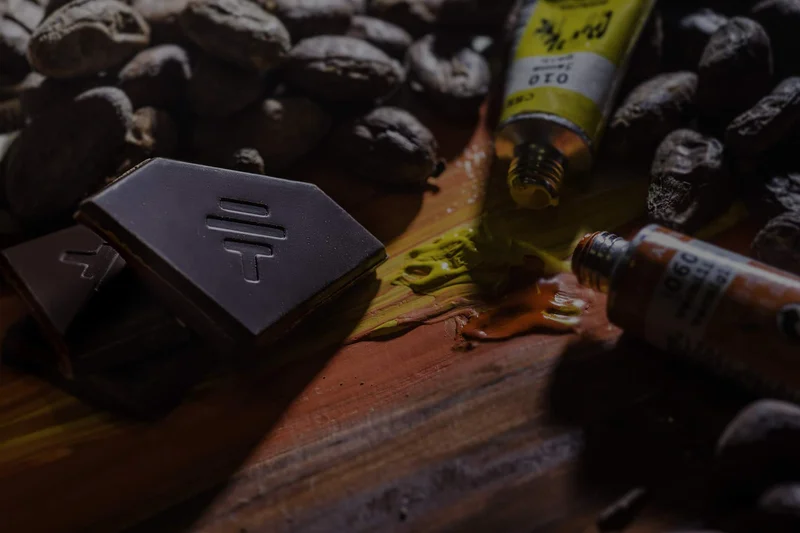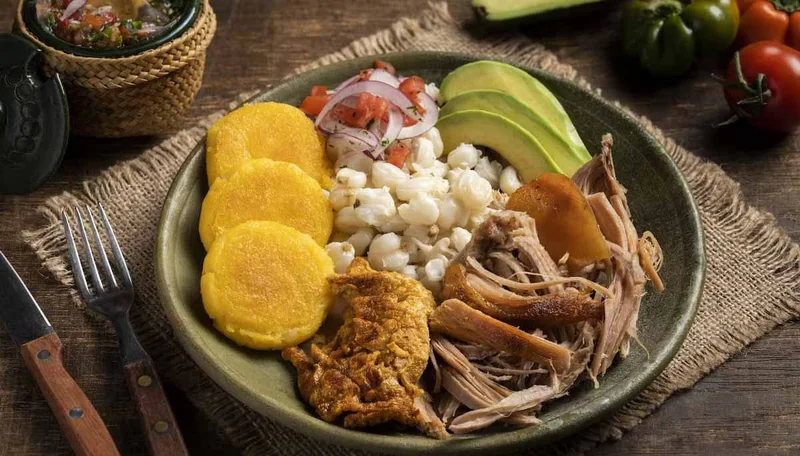Ecuador 360 Tour: Andes, Amazon, and Galapagos Exploration
The Ecuador 360 Tour is a captivating 16-day adventure that takes you through Ecuador’s stunningly diverse regions, including the Andes, the Amazon Rainforest, the Pacific Coast, and the Galapagos Islands. This journey blends cultural discovery, natural wonders, and wildlife encounters, providing an unforgettable experience of Ecuador’s rich ecosystems and heritage. From the historic charm of Quito to the wildlife treasures of the Galapagos, this tour showcases the country’s best, making it an ideal option for lovers of nature and culture.
16 Day Ecuador Itinerary
Day 1: Arrival in Quito
Upon arrival in Quito, settle into your hotel and take the day to adjust to the altitude. As a UNESCO World Heritage Site, Quito is rich in colonial history. Stroll through its picturesque streets or relax before your journey begins.
Day 2: Quito City Tour
Day 3-6: Amazon Rainforest Adventure
Day 7: Andes Highlands - Cotopaxi and Quilotoa
Day 8: Chimborazo and Baños
Day 9: Ingapirca Ruins
Day 10: Cuenca Exploration
Day 11: Cajas National Park and Guayaquil
Day 12-16: Galápagos Islands Cruise
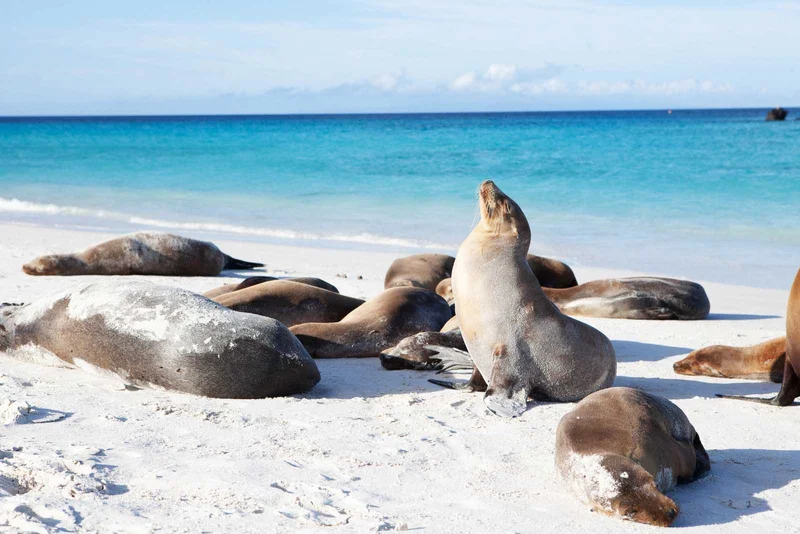
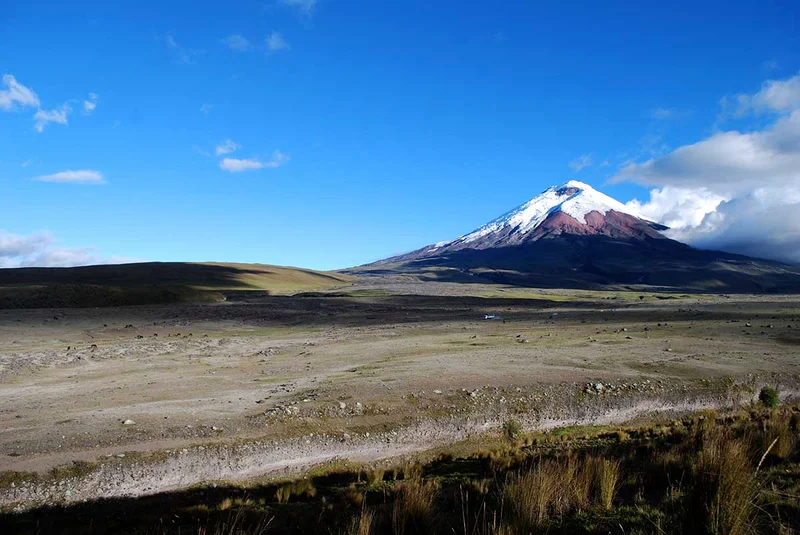
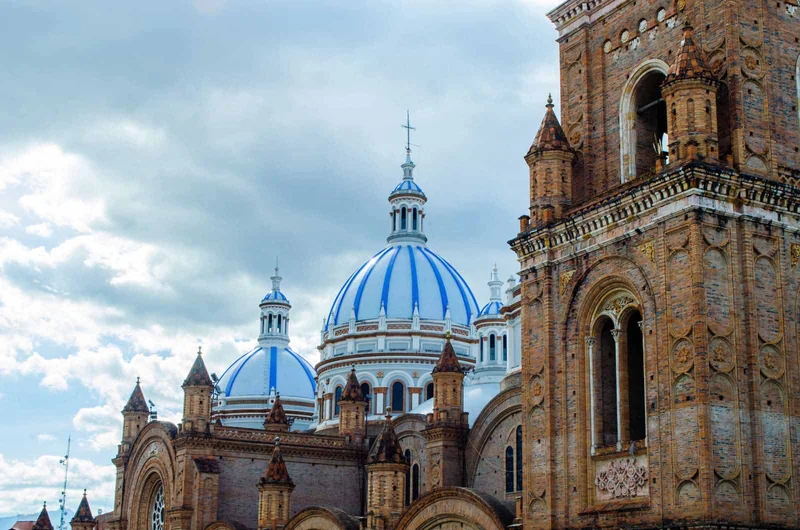
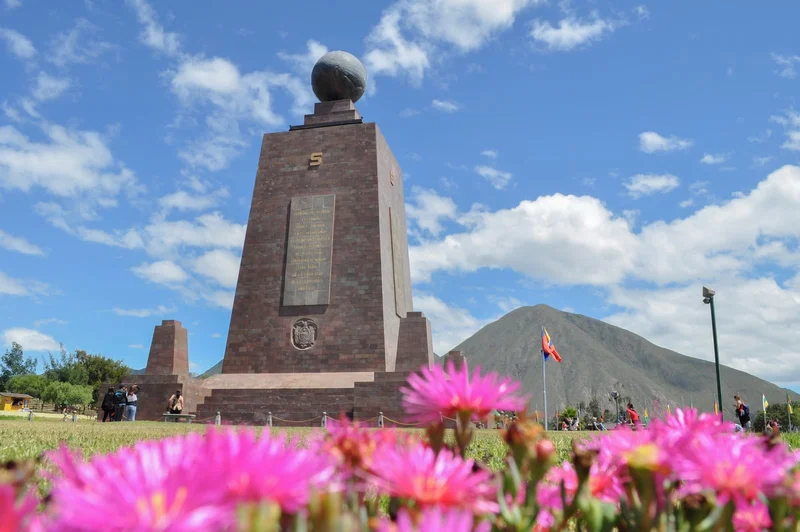
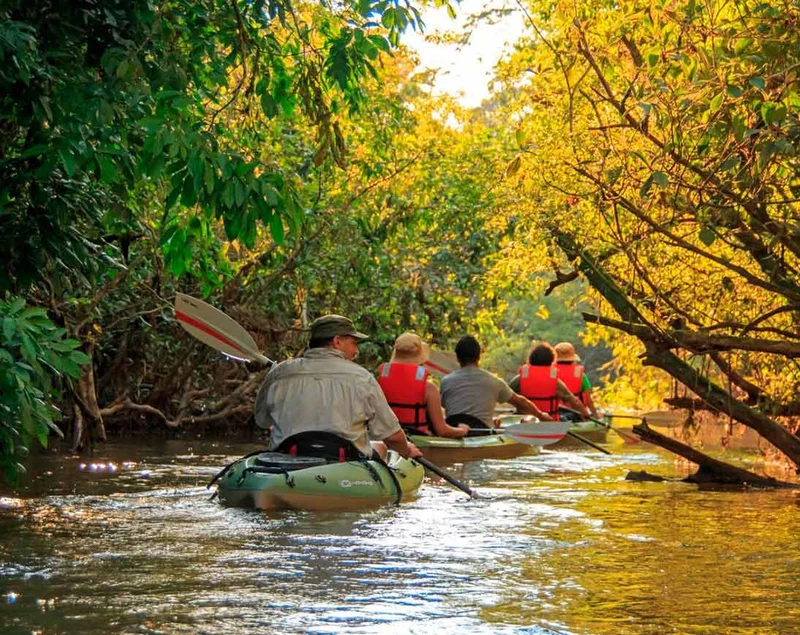
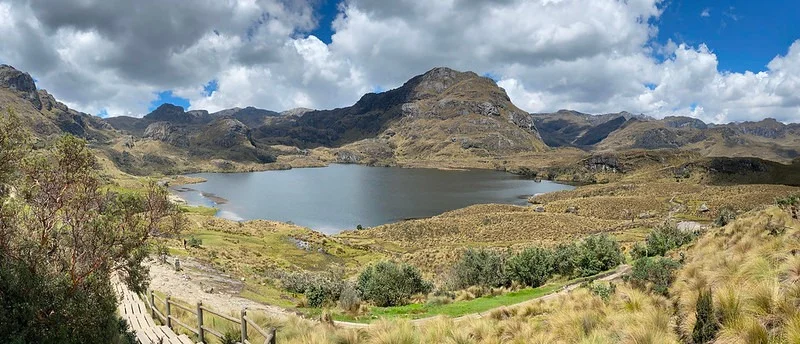
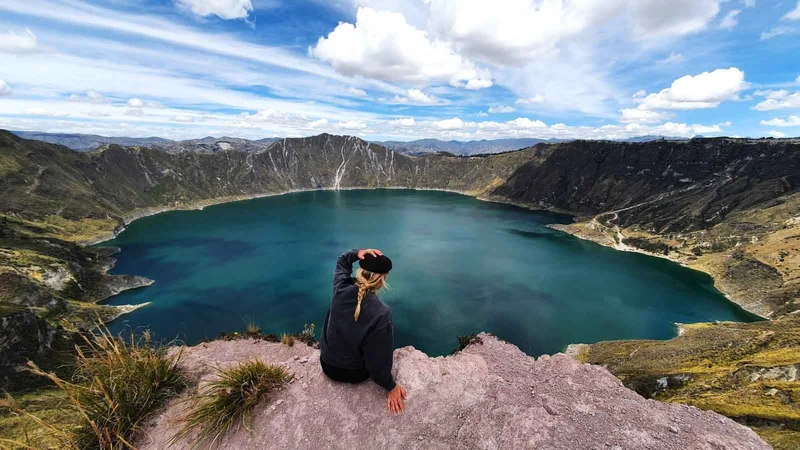
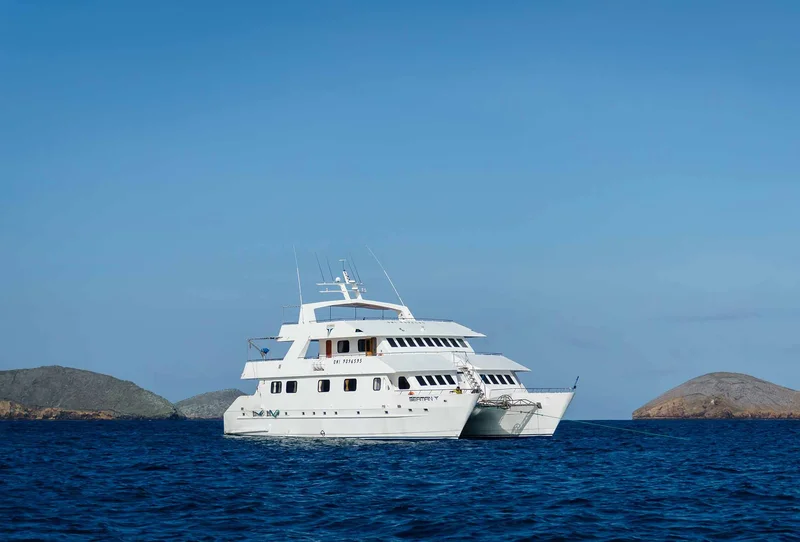
16 Day Ecuador Itinerary Includes
- Transfer in/out, accommodation at Hotel ILLA Experience or similar, accommodation at Hotel del Parque or similar.
- Six Senses tour.
- Indicated Meals
- Transportation
- Bilingual naturalist guide
- Scheduled Visits
- 5D/4N onboard Galapagos Seaman Journey Catamaran
- Galapagos Islands fees
16 Day Ecuador Itinerary Does not Include
- Air Ticket
- Soft drinks and alcoholic beverages
- Personal expenses
- Tips
- Meals not described in the program
16 Day Ecuador Itinerary Highlights
- Discover Quito's historic colonial heart and the Equator Monument.
- Explore the Amazon Rainforest with indigenous guides.
- Trek the Andes, visiting Cotopaxi National Park and Quilotoa Lagoon.
- Enjoy a first-class Galapagos cruise, meeting incredible wildlife.
Travel Tips
- Bring comfortable hiking shoes for mountain treks and rainforest walks.
- Pack waterproof clothing for both the rainforest and coastal regions.
- Be mindful of altitude adjustments when exploring the Andes.
Fitness Requirements
Weather Preparedness
Accomodation
- Accommodation at Hotel ILLA Experience or similar
- Accommodation at Hotel del Parque or similar.
- Accommodation aboard Seaman Journey Catamaran
Frecuently Asked Questions
Will I need vaccinations for the Amazon Rainforest?
It’s recommended to consult with your doctor about vaccines, but common advice includes vaccinations for yellow fever and malaria prevention.
What is the best time of year to take this tour?
The tour operates year-round, but the best months for weather are typically June to September. The Galapagos Islands offer great wildlife viewing year-round.
Do I need any special permits to visit the Galapagos Islands?
Yes, a Galapagos National Park entry fee is required, but this is typically included in the tour.
Why travel with us?
Similar Itineraries
